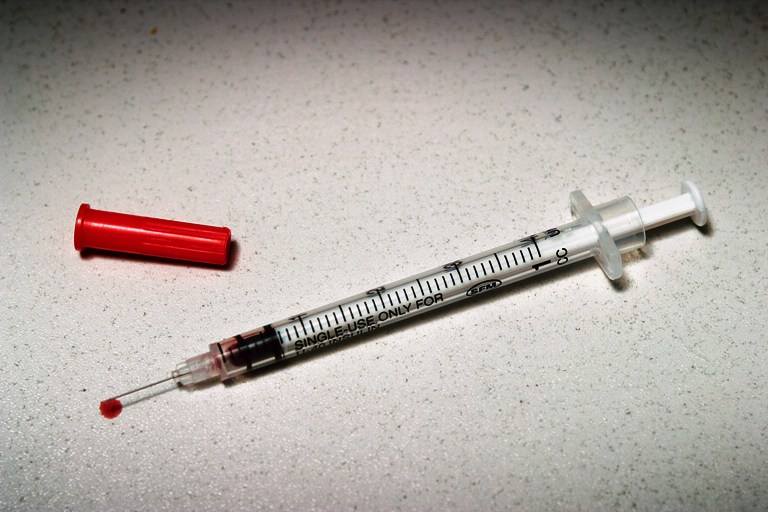
Prof Noman Ahmed of NED University of Engineering and Technology shares information from an ongoing research project into the lack of healthcare waste management in Karachi, a city of about 19m people. The Karachi city government incinerator has not been working since 2010.
Therefore, the rudimentary separation of waste materials has become the Kabari’s domain who sells some of it for recycling purposes. The Karachi city government staff doesn’t lift waste and instead farms it out to contractors. Private hospitals do not make waste management a part of their budget either.
How much:



Key factors
Primary stakeholders in the hospital waste management process:
Private Hospital Owners: Consider hospital waste management unimportant and a non-profitable area to invest in. Find municipal authorities and regulatory bodies corrupt and lazy. Consider hospital waste management someone else’s business.
Medical Superintendents of large government hospitals: Wish to manage hospitals ‘smoothly’ without government or media criticism on poor sanitary conditions. Suffer shortage of staff, funds and equipment, poor sanitary staff, limited knowledge, few options to choose from.
Doctors: Treat patients according to facilities and don’t consider waste management their headache.
Sweepers: Remove what they can re-sell. Have no protective gear. At high risk, low salary.
Storekeepers, hospital staff: Remove waste but because of poor pay use unethical methods of waste management.
Municipal staff: Make illegal income from stakeholders through unlawful use of authority. Don’t allow proper waste management clients to link up with the system due to petty interests and bribery.

Impact
According to a report by the Journal of Pakistan Medical Association, not all healthcare waste but, infectious waste and sharps constituting 10-25% of the healthcare waste are hazardous to health. However, this infectious waste, if not disposed properly, could convert the rest of the normal waste into hazardous material too. It can lead to a variety of infections such as gastroenteric infections, respiratory infections, skin infections, acquired immunodeficiency syndrome, haemorrhagic fevers and viral hepatitis due to the presence of pathological organisms in the waste. There is special concern about being infected with HIV and Hepatitis B and C as well.

Countrywide statistics
— Around 250,000 tons of medical waste is estimated to be produced from all sorts of healthcare facilities in Pakistan every year. (Source: Eco Watch)
— One estimate shows that nearly 5.2 million people including 4 million children die each year from waste-related diseases in Pakistan. (Source: Environment Protection Department)
— While numbers from Sindh and Punjab paint a messy picture, it is hard to make the same deductions about Khyber Pakhtunkhwa and Balochistan due to the lack of concrete data.

The law
The Sindh Environmental Protection Agency, under the provision of the Pakistan Environmental Protection Act 1997, issued guidelines for the management of hospital waste in June 2004. They apply to all hospitals, clinics, dispensaries, maternity centres, dental clinics, pathological laboratories, blood banks, nursing homes, research institutes, veterinary institutions and other health care facilities, including temporary medical camps.
SOURCES: KARACHI STRATEGIC DEVELOPMENT PLAN 2020 (PREPARED IN 2007) AND ‘HOSPITAL WASTE MANAGEMENT IN THE TEACHING HOSPITALS OF KARACHI’ (JOURNAL OF THE PAKISTAN MEDICAL ASSOCIATION, MAY 2005), ‘WASTE DISPOSAL OF GOVERNMENT HEALTH-CARE FACILITIES IN URBAN AREA OF KARACHI — A KAP SURVEY’ (PAKISTAN JOURNAL OF MEDICAL RESEARCH VOL. 46, NO. 1, 2007)
Published in The Express Tribune, Sunday Magazine, May 11th, 2014.


































































COMMENTS
Comments are moderated and generally will be posted if they are on-topic and not abusive.
For more information, please see our Comments FAQ